For fans in Munster there is also the added excitement of three clubs from the province in the League for the first time since 1994, when Limerick, Cork, and Cobh were in the top division.
This season Cork City (the champions), Limerick FC, and Waterford FC will play each other four times in the league. Clubs from these cities were mainstays in the top tier of the league right up to the early 1990s and it is a common complaint about the league that Dublin clubs have dominated in the last two decades or so. There are well-founded worries about the viability of clubs in the provincial cities because of that Dublin dominance.
However, a look at the experience of the league since the move to summer football in 2003 suggests that Dublin dominance may be waning. The table below shows the spread of top tier clubs by province, including a column for Dublin. The location of the champions is indicated by a box for each season, with a tick when the champion was based in the capital. Note that I have included Bray Wanderers as a Dublin team, which might not make too many Seagull supporters happy, but most functional region factors would suggest they are within the Greater Dublin Area (not least its connection to the Dublin by light rail).
Perhaps too much shouldn't be read into the last couple of seasons for Dublin clubs, as the league has been dominated by Dundalk and Cork City. The former were champions for 3 seasons and runners-up last year. The latter were runners-up for 3 seasons before their breakthrough last season. These clubs have been able to reinvest money earned from European competition and player transfers to the UK to maintain their hold on the best playing talent in Ireland and keep ahead of any chasing pack.
The distribution of clubs outside of Dublin, and greater success for those clubs, can only be good for the sustainability of the league. It remains to be seen if Dublin clubs can be revitalised to challenge again. The sports economist in me wants to see strong Dublin clubs, because competitive balance and regional balance are good for the league. The Limerick FC fan in me however wants to see Munster dominance for a while.
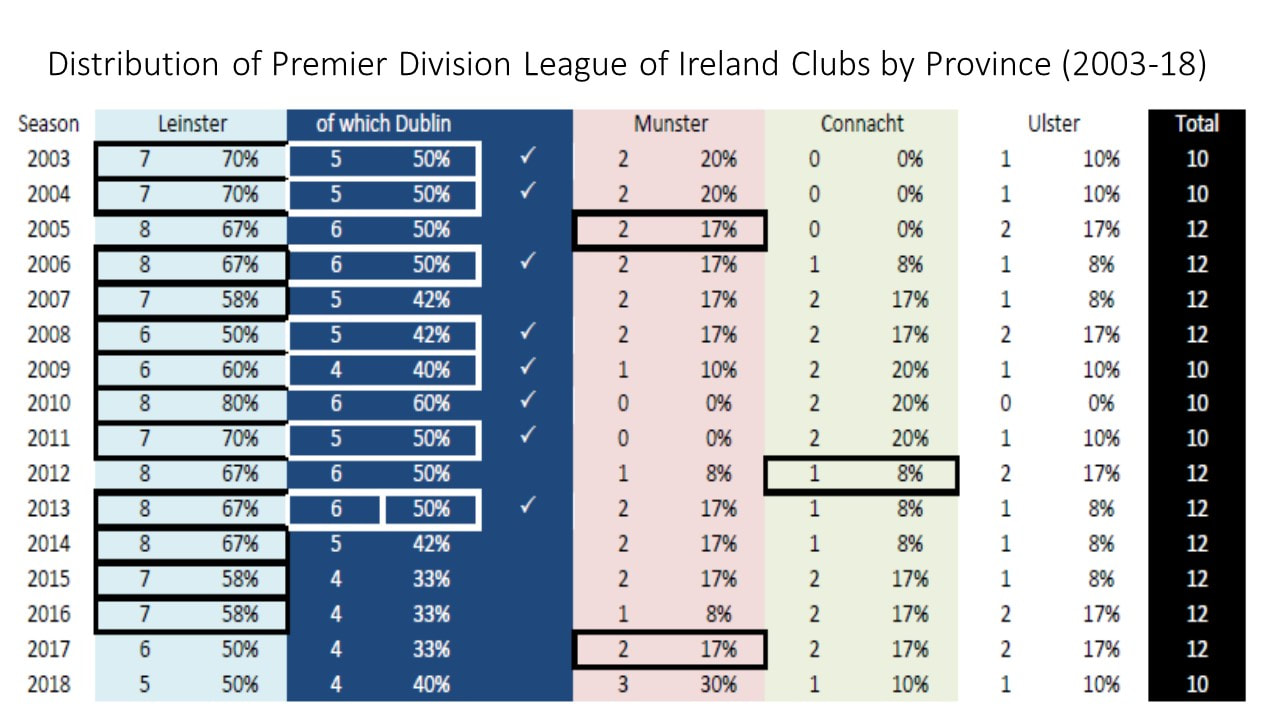
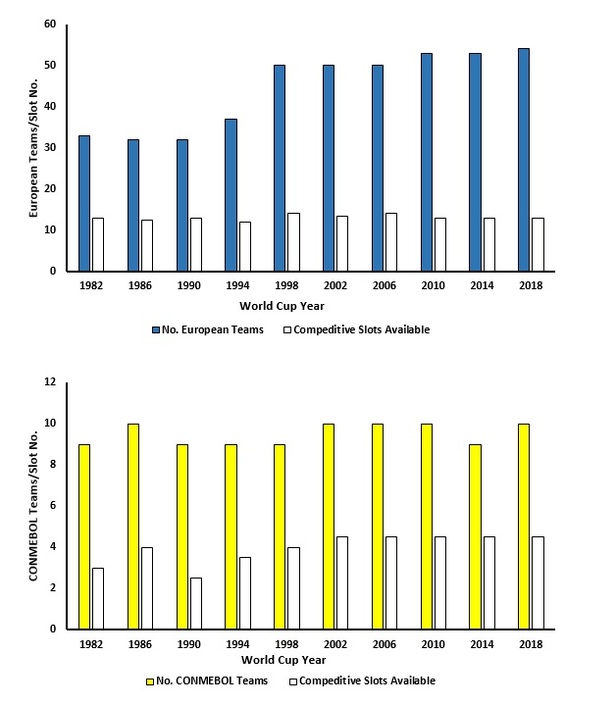
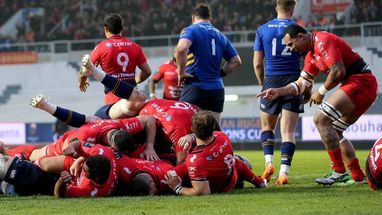
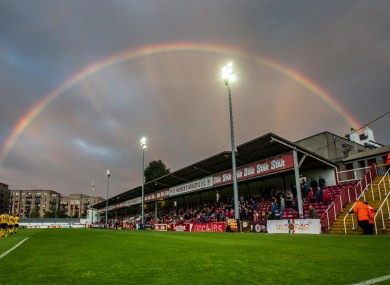
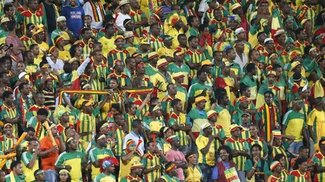
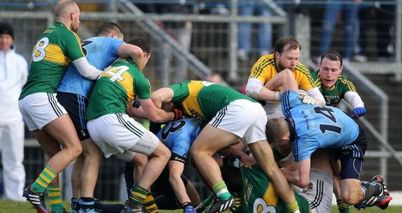
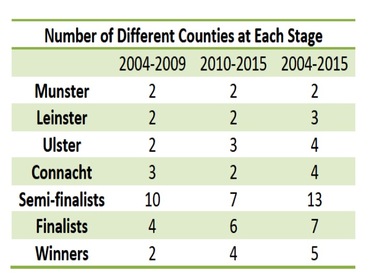
 RSS Feed
RSS Feed